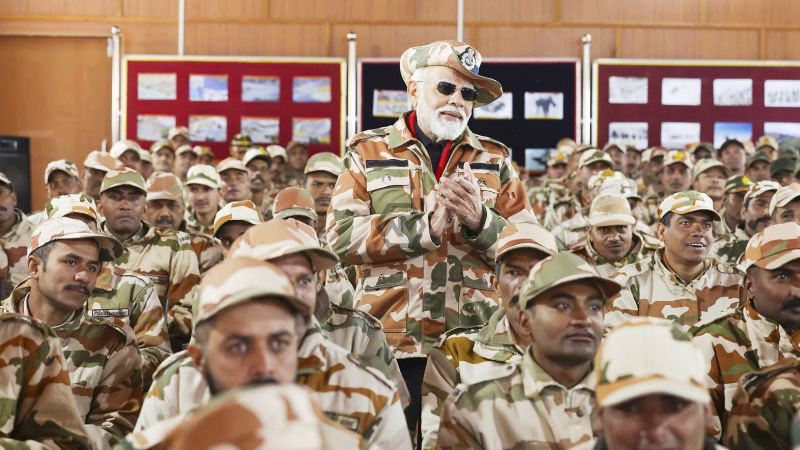- PM Modi holds emergency meetings with defence and military chiefs.
- India halts water flow to Pakistan and downgrades diplomatic ties.
- LoC sees 11 straight nights of ceasefire violations amid war fears.
Following the brutal Pahalgam terror attack on April 22 that left 26 people dead, India has responded with swift and multifaceted action. Prime Minister Narendra Modi has met with top defence leadership—including the IAF and Navy chiefs—as the country weighs military options.
In parallel with defence preparedness, India has taken bold diplomatic and economic steps to isolate Pakistan. This includes suspending the Indus Waters Treaty provisions by halting water from the Baglihar Dam, banning Pakistani air and sea carriers, and cancelling visas of Pakistani nationals.
Pahalgam Aftermath: India’s Water War, Border Tensions, and Diplomatic Showdown with Pakistan
The Pahalgam terror attack, which targeted civilians and tourists in a meadow in Jammu and Kashmir, has prompted India to reevaluate its regional security posture. In a strong statement, PM Modi declared that the perpetrators would face consequences “beyond their imagination.” High-level security briefings have been held continuously since the attack, indicating that retaliation is not a question of if, but when.
In a significant shift from previous policy restraint, India has halted the outflow of water from the Baglihar Dam into Pakistan’s Punjab province. The Chenab River, a key tributary governed under the Indus Waters Treaty, has effectively been turned into a geopolitical lever. Sources suggest that Kishanganga could be the next target if Pakistan fails to act on cross-border terrorism.
Pakistan, now visibly rattled, has sought an emergency session of the UN Security Council, fearing a potential Indian military strike. However, the UNSC’s response remains uncertain, especially as India’s international allies signal support for its anti-terror stance. Meanwhile, Pakistan has been involved in nightly ceasefire violations along the LoC, drawing strong counterattacks from Indian troops.
This crisis marks a critical moment in South Asia’s security landscape. With water diplomacy weaponized, cross-border firing intensified, and military leadership on high alert, India appears ready to assert its regional authority. The global community is watching closely as tensions teeter between retaliation and restraint.
India’s multifaceted response to the Pahalgam terror attack signals a decisive shift in its counter-terrorism doctrine—one that blends military readiness with diplomatic pressure and strategic resource control.
“They have complete operational freedom to decide on the mode, targets, and timing of our response.” — PM Narendra Modi, post-Pahalgam attack security briefing.



